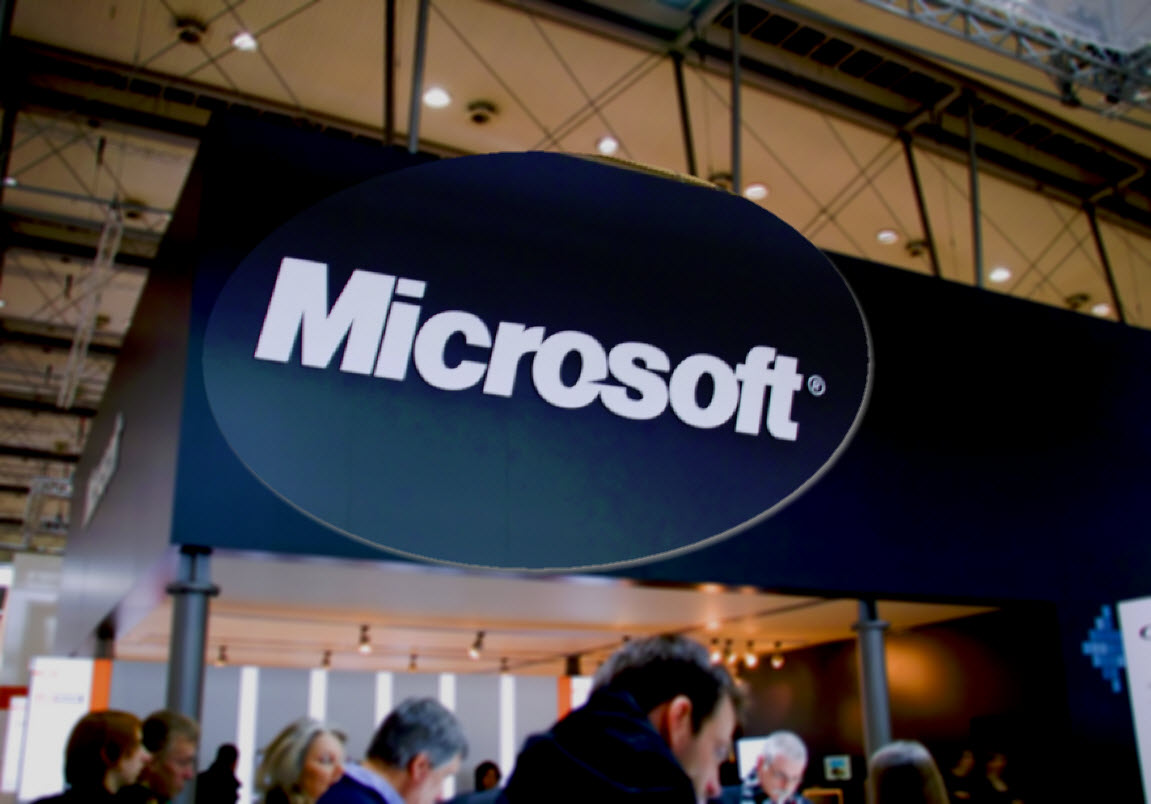The tech giant is hoping to sweeten the deal of the smartphone and the application suite with a new bundle.
In what appears to be a move to try to drive more smartphone sales, Microsoft is adding free software including a year of the Office 365 suite, to people who purchase either of two Lumia smartphone models.
The two models that will include a free subscription to the app suite are: Lumia 950 and Lumia 950 XL.
The two are being bundled together so that anyone who purchases one of those two smartphone models will be able to receive a year of Office 365 for free. Among the apps that are included in the suite are Word, PowerPoint and Excel. Typically, subscribing to these apps for a year would cost the user $70. This isn’t the first time this type of offer has been made by Microsoft in order to drive sales of the devices. Last year, a similar bundle was offered when the Lumia 640 and Lumia 640 XL devices were purchased.
Beyond the free year of Office 365 subscription, it also includes a terabyte of OneDrive cloud storage for a year.
 Anyone who has purchased a Lumia 950 or Lumia 950 XL between November 20, 2015 right through to June 30, 2016 will be able to take advantage of this deal, provided the devices are registered within that time frame. The offer is being made to consumers in the United States, as well as those in Germany, Denmark, Sweden, Finland, Norway, France and the United Kingdom.
Anyone who has purchased a Lumia 950 or Lumia 950 XL between November 20, 2015 right through to June 30, 2016 will be able to take advantage of this deal, provided the devices are registered within that time frame. The offer is being made to consumers in the United States, as well as those in Germany, Denmark, Sweden, Finland, Norway, France and the United Kingdom.
These models will also be sold with a free Microsoft Display Dock when an unlocked version of the smartphone is purchased. That offer, however, runs only until the end of January, while supplies last (whichever is sooner). The use of the Display Dock, while Continuum technology enabled, allows users to be able to use their smartphones to work on their Office based documents.
The Lumia 950 isn’t new to Microsoft incentives to try to boost the sales. While the Office 365 bundle is the most recent, the devices were also sold with a $50 discount offer last fall.
The HoloLens has made it into the headlines quite regularly but may not be available for half a decade.
There are a growing number of entrants making their way into the augmented reality headset realm, but despite the increasingly large number of devices, this category remains quite small, is far from mainstream, and most will admit that the devices themselves have not quite reached the point in which the average user will be using them.
Microsoft appears to be no exception to this trend as their HoloLens now looks to be half a decade away.
The augmented reality head mounted display (HMD) called the Microsoft HoloLens is “really a five-year journey,” said Satya Nadella, the CEO of the company when speaking at the Dreamforce customer conference from Salesforce, last week. Despite the fact that HoloLens is soon to be rolled out on a very slow and gradual basis within certain specific industries. This will be the first slow step that will occur well before consumers ever see it on their own market shelves. This will give the company the opportunity to test the headset before attempting to appeal to the average consumer.
These augmented reality glasses were also supposed to head to space, but were blown up in an explosion this summer.
 Still, the HoloLens is among the products that has generated the most excitement for the company over the last while, as the demos have been quite successful until now. The headset uses AR technology to superimpose digital images over top of the view of the real world. The wearer can interact with those digital images while still being able to see what is going on around him or her.
Still, the HoloLens is among the products that has generated the most excitement for the company over the last while, as the demos have been quite successful until now. The headset uses AR technology to superimpose digital images over top of the view of the real world. The wearer can interact with those digital images while still being able to see what is going on around him or her.
Despite the fact that this kind of AR technology requires a considerable amount of computing power, Microsoft is determined to make it possible for the HoloLens to function without having to be paired with a computer.
At the same time, packing all that computing power – in the form of sensors, processors, and other gadgets – into what is essentially a pair of glasses (that are attractive enough that a consumer will wear them) is the primary challenge being faced. Because of this, it will require more time before these augmented reality gadgets are finished.
 Anyone who has purchased a Lumia 950 or Lumia 950 XL between November 20, 2015 right through to June 30, 2016 will be able to take advantage of this deal, provided the devices are registered within that time frame. The offer is being made to consumers in the United States, as well as those in Germany, Denmark, Sweden, Finland, Norway, France and the United Kingdom.
Anyone who has purchased a Lumia 950 or Lumia 950 XL between November 20, 2015 right through to June 30, 2016 will be able to take advantage of this deal, provided the devices are registered within that time frame. The offer is being made to consumers in the United States, as well as those in Germany, Denmark, Sweden, Finland, Norway, France and the United Kingdom.
 Still, the HoloLens is among the products that has generated the most excitement for the company over the last while, as the demos have been quite successful until now. The headset uses
Still, the HoloLens is among the products that has generated the most excitement for the company over the last while, as the demos have been quite successful until now. The headset uses 